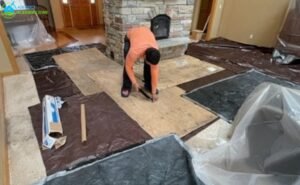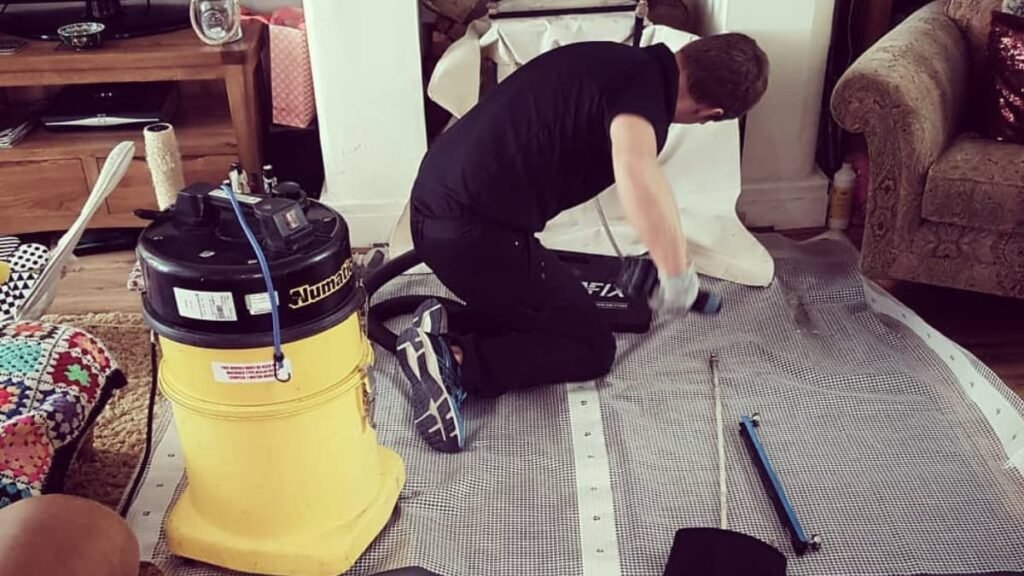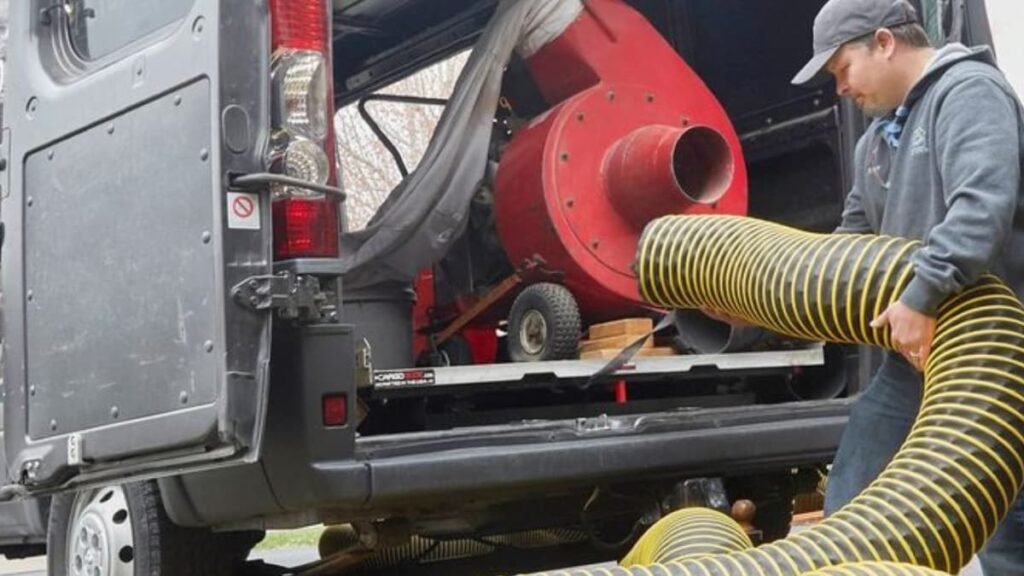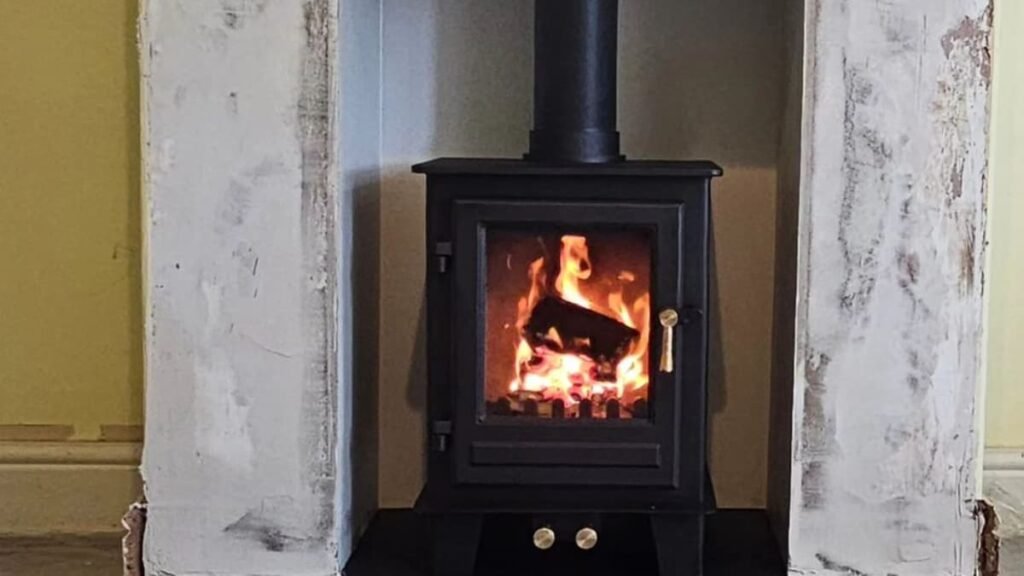Your chimney is not just a functional part of your home; it’s a focal point, providing warmth, charm, and ambiance. However, keeping your chimney safe is paramount. A well-maintained chimney ensures not only the coziness of your home but also the safety of your family. In this comprehensive guide, we will explore the essential tips and precautions to keep your chimney safe, so you can enjoy its benefits without worry.
Regular Chimney Inspections
The first step in chimney safety is regular inspections. Ideally, you should have your chimney inspected at least once a year, preferably before the heating season begins. A professional chimney sweep can identify potential issues and address them before they become major problems.
Chimney Cleaning
Chimney cleaning is an integral part of maintenance. Over time, creosote, a highly flammable byproduct of burning wood, can build up inside your chimney. Regular cleaning helps prevent dangerous chimney fires. Make sure to hire a certified chimney sweeper to ensure a thorough cleaning.

Use Quality Firewood
The quality of firewood you use can impact chimney safety. Wet or unseasoned wood produces more creosote and can lead to a faster buildup. It’s essential to use well-seasoned hardwood, which burns cleaner and reduces creosote formation.
Install a Chimney Cap
Chimney caps are a simple yet effective safety measure. They prevent debris, animals, and rainwater from entering your chimney. A cap also acts as a spark arrestor, reducing the risk of sparks escaping and potentially causing a fire.
Ensure Proper Ventilation
Adequate ventilation is crucial for your fireplace or wood-burning stove. A well-ventilated chimney allows smoke and dangerous gases to exit your home safely. If your chimney isn’t venting correctly, it can lead to smoke backup and carbon monoxide buildup.
Regularly Check for Cracks and Damage
Inspect your chimney for cracks and damage regularly. Over time, the mortar between bricks can deteriorate, creating gaps that allow water infiltration and structural issues. Repair any damage promptly to maintain the structural integrity of your chimney.
Carbon Monoxide Detectors
Install carbon monoxide detectors in your home, particularly in areas near the chimney. Carbon monoxide is a colorless, odorless gas produced by incomplete combustion, and it can be deadly. Detectors can provide an early warning if there’s a problem with your chimney or heating system.
Keep Flammable Materials Away
When decorating your hearth, make sure to keep flammable materials like curtains, furniture, or decorations at a safe distance from the fireplace or stove. Maintain a three-foot clearance to prevent accidental fires.
Educate Your Family
Chimney safety isn’t just the responsibility of the homeowner; it’s a family affair. Educate your family about the potential risks and the safe operation of your fireplace or stove. Make sure everyone understands the importance of fire safety.

Invest in a Spark Guard
A spark guard or screen provides an extra layer of protection. It prevents embers and sparks from escaping the firebox and potentially igniting nearby flammable materials. A spark guard is especially important if you have young children or pets in your home.
Avoid Overloading the Fireplace
While a roaring fire can be cozy, overloading the fireplace with too much wood can lead to a dangerous situation. Follow the manufacturer’s guidelines for fuel load and never burn trash or materials other than seasoned firewood.
Maintain the Firebox and Damper
The firebox is where the fire burns and the damper controls airflow. Regularly check these components for any damage or obstructions. A well-maintained firebox and damper ensure that your fireplace operates safely and efficiently.
Address Smoke Problems Immediately
If you experience smoke backing up into your home when using the fireplace, cease use and call a professional. Smoke issues could indicate a blockage or an airflow problem, which needs to be resolved promptly.
Be Cautious with Alternative Fuels
If you use alternative fuels like pellets or pressed logs, follow the manufacturer’s recommendations for safe use. Some alternative fuels may burn differently from traditional firewood and require specific precautions.
Conclusion
Maintaining a safe chimney is crucial for enjoying the warmth and comfort it provides. Regular inspections, cleaning, and safety measures are essential for chimney safety. By following these tips and being vigilant about maintenance, you can keep your chimney safe and ensure that it continues to be a source of joy and warmth in your home without compromising your family’s safety. Remember, a well-kept chimney is not only a charming addition to your home but also a secure one.



